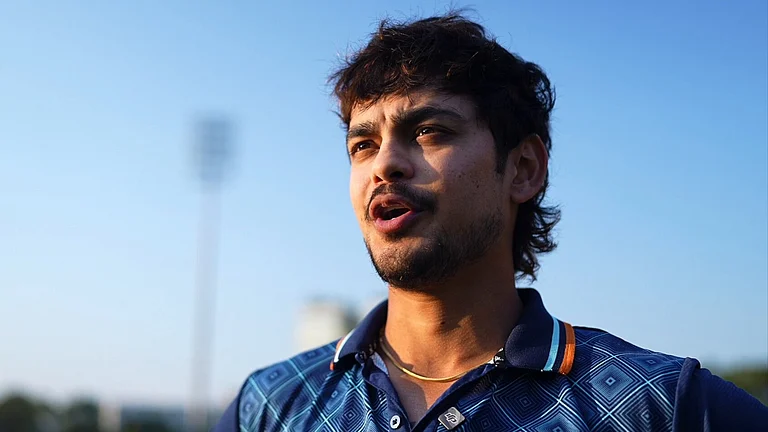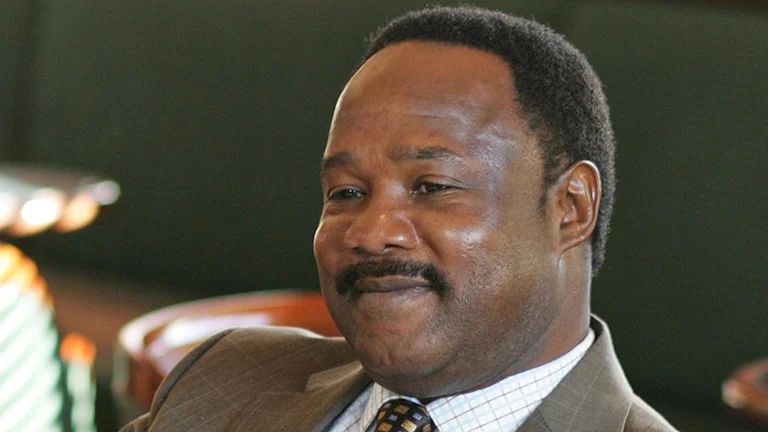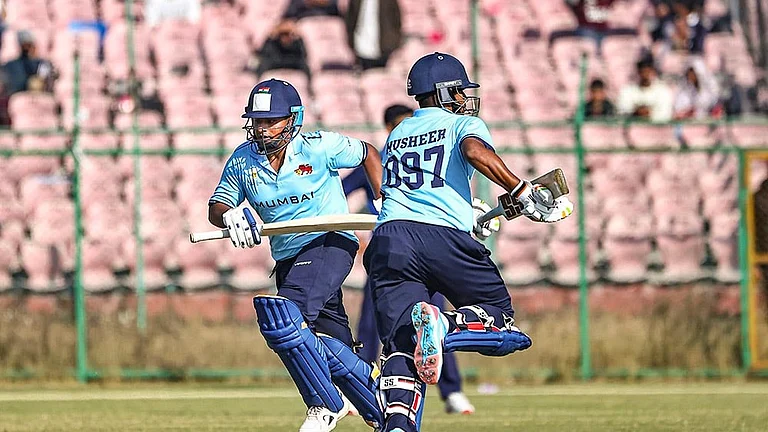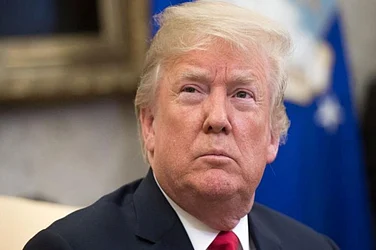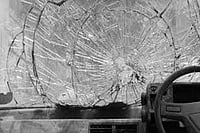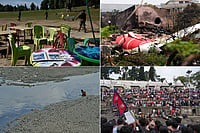Chief Minister Arvind Kejriwal on Monday asked Delhi Jal Board (DJB) officials to prepare a detailed action plan to resolve the issue of water contamination in parts of the capital.
At a review meeting, he asked officials to identify the root cause of contaminated water wherever the problem exists and work out a permanent solution.
He also directed them to gather information from local legislators on the issue.
Kejriwal instructed officials to ensure immediate installation of Reverse Osmosis (RO) plants in 20 identified jhuggi-jhopri clusters, including Indira Camp number 3, Pankaj Garden, Sonia Gandhi Camp, Navjeevan Camp, GBB School Road, Khanpur; Aya Nagar Bandh Road, Das Garden, Baprola Vihar, Satyam Puram Colony, Geetanjali Enclave among others.
The Delhi government plans to install 500 RO plants with tubewells in water-stressed areas including unauthorised colonies. Currently, residents in such areas depend on water tankers.
He emphasised that a thorough examination of water quality should be conducted prior to obtaining the necessary No Objection Certificates (NOCs) for the installation of tubewells.
This approach will expedite the implementation process once the NOCs are granted. To maximise the availability of clean water, the government plans to extract water from areas with a high water table through tube wells. The extracted water will undergo treatment, guaranteeing a safe and pure supply of water to the people of Delhi.
According to official estimates, around two crore residents of the capital need approximately 1,300 MGD of water for consumption and daily needs.
But the Delhi Jal Board can supply only around 1000 MGD, leaving many areas grappling with a water shortage.
The DJB's water supply capacity has increased from 850 MGD in 2015 to 1,000 MGD now and the city government has set an ambitious target to further enhance it to a range of 1,200-1,300 MGD.
To accomplish this, the government also plans to install tubewells in areas with high water-tables.
The DJB has identified 1,075 locations in 12 assembly constituencies where approximately 1,428 tube wells will be installed. Currently, 4,200 such tube wells are functional.
Additionally, the government is rejuvenating lakes and recharging acquirers using treated sewage treatment plant (STP) water.
The recharged water will undergo further treatment in reverse osmosis (RO) plants before being supplied to households, according to officials.
To ensure the highest standards of sewage treatment, all STPs in Delhi are currently undergoing comprehensive upgrades, aiming to mitigate pollution and promote responsible water resource management.
The government also plans to increase the use of treated wastewater for purposes such as gardening, road cleaning and at construction sites to save drinking water.
At present, Delhi's sewage treatment plants discharge 514 MGD of treated wastewater, of which 267 MGD is returned to the Yamuna river for downstream use and 90 MGD is used for horticulture purposes.
Delhi gets 675 MGD of water from Hayana through two canals and the Yamuna, and 253 MGD from Uttar Pradesh through the Upper Ganga Canal. The rest is drawn from ranney wells and tube wells installed across the city.
-With PTI Input







